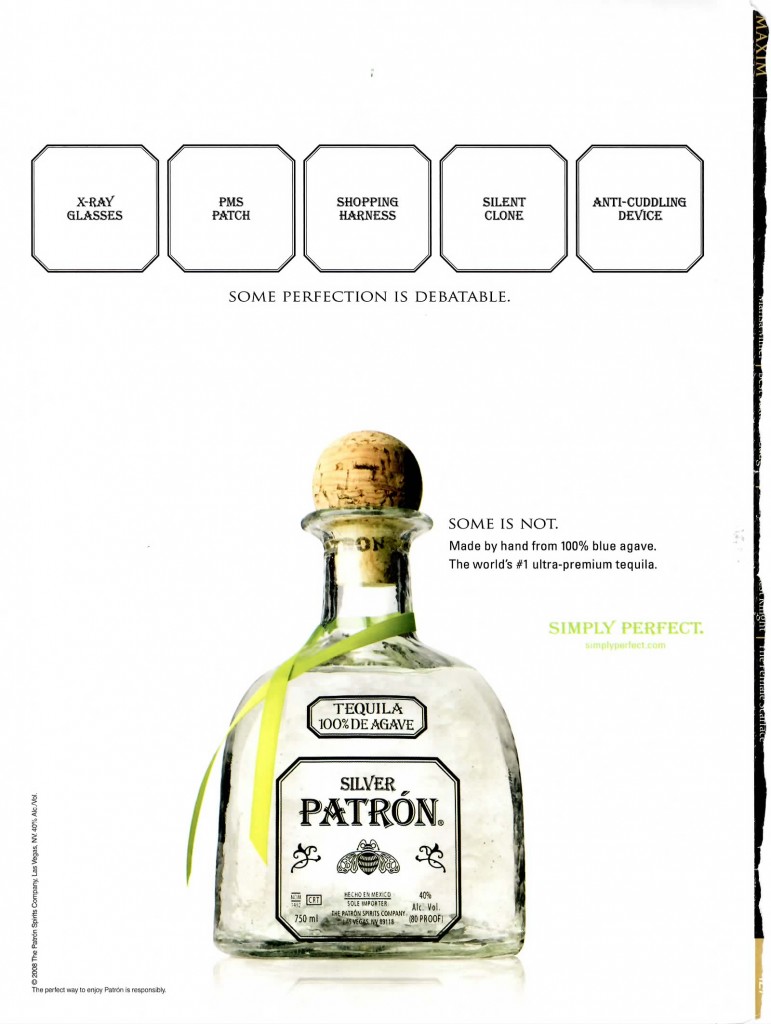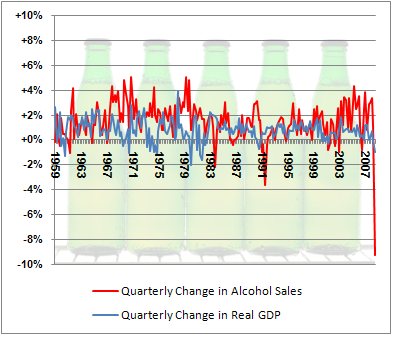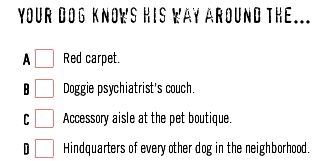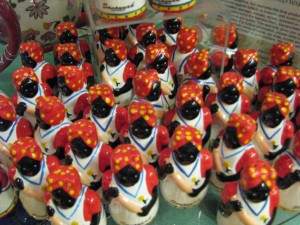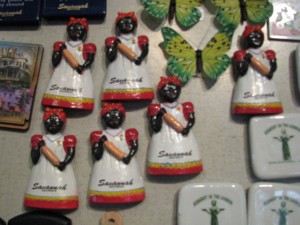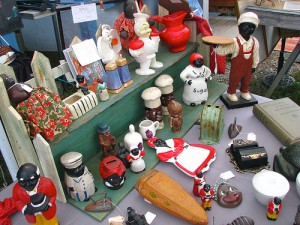I came across a series of photos that reminded me of Menzel and D’Aluisio’s book, Hungry Planet: What the World Eats, that looked at how globalization, migration and rising affluence affect the diets of communities around the globe. See also photo galleries 1, 2, and 3 in Time Magazine.
From photographer, Mark Menjivar, You Are What You Eat is a series of photographs looking at the interiors of refrigerators in homes across the United States. Nothing was added or taken away.
What type of insight do we gain by looking at our refrigerators?

